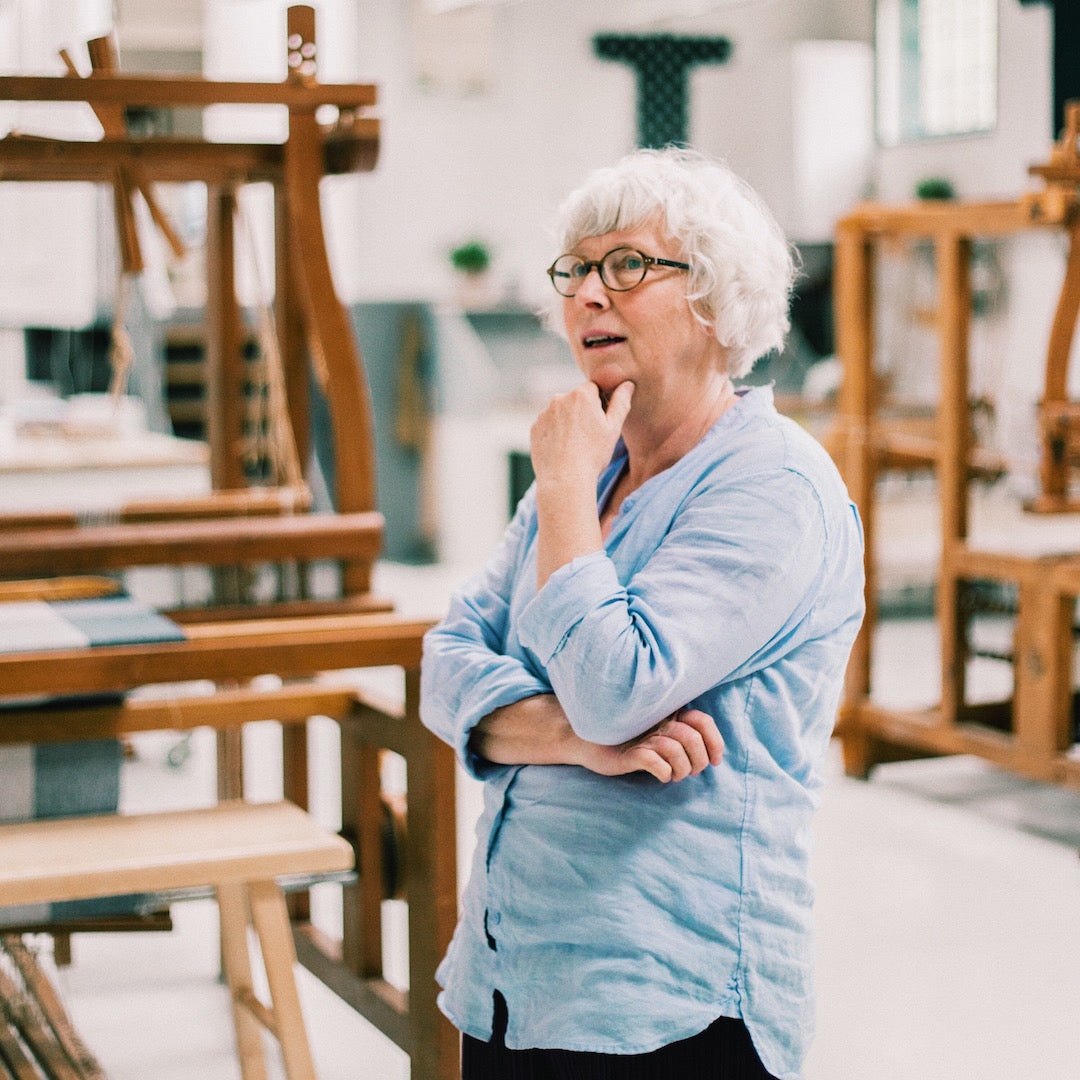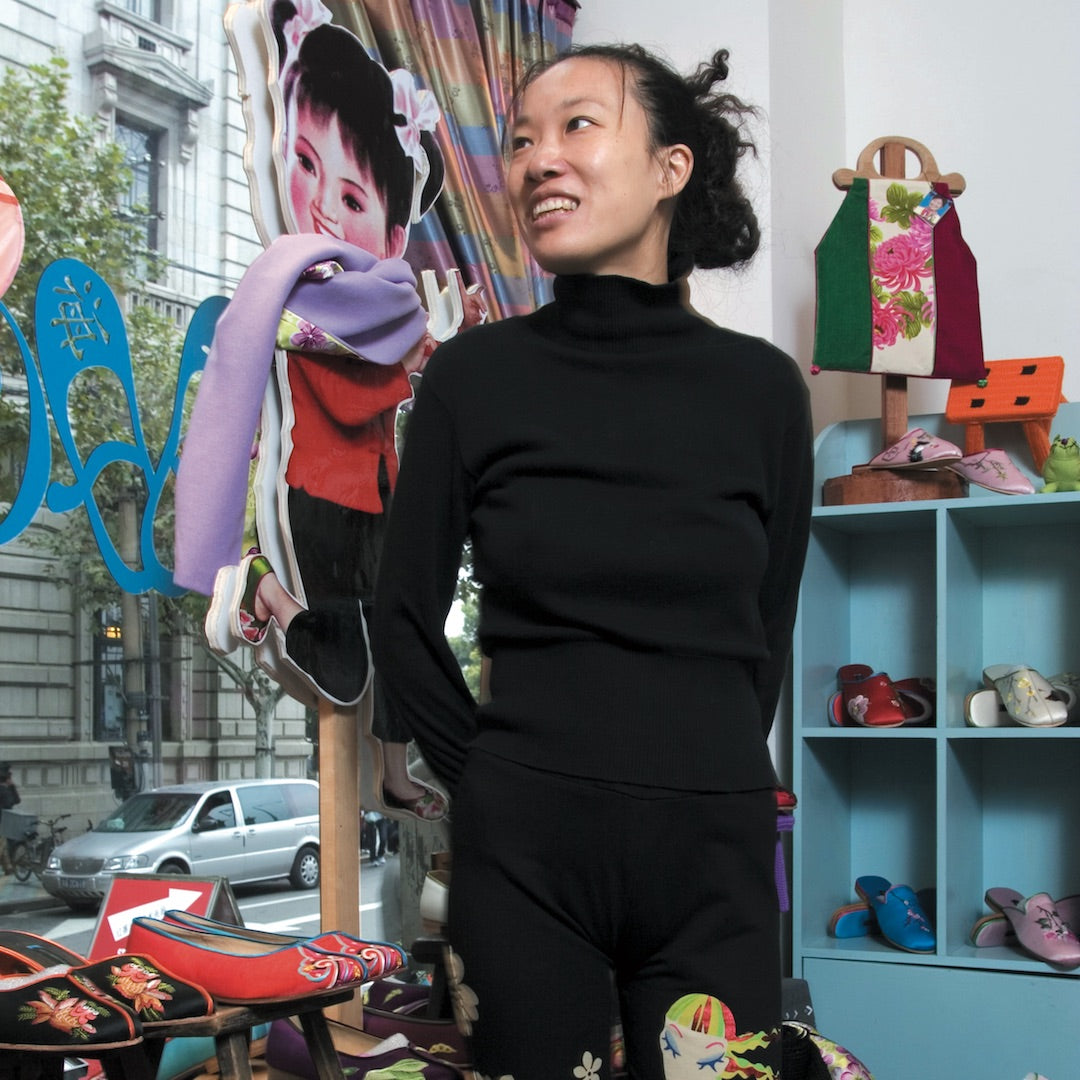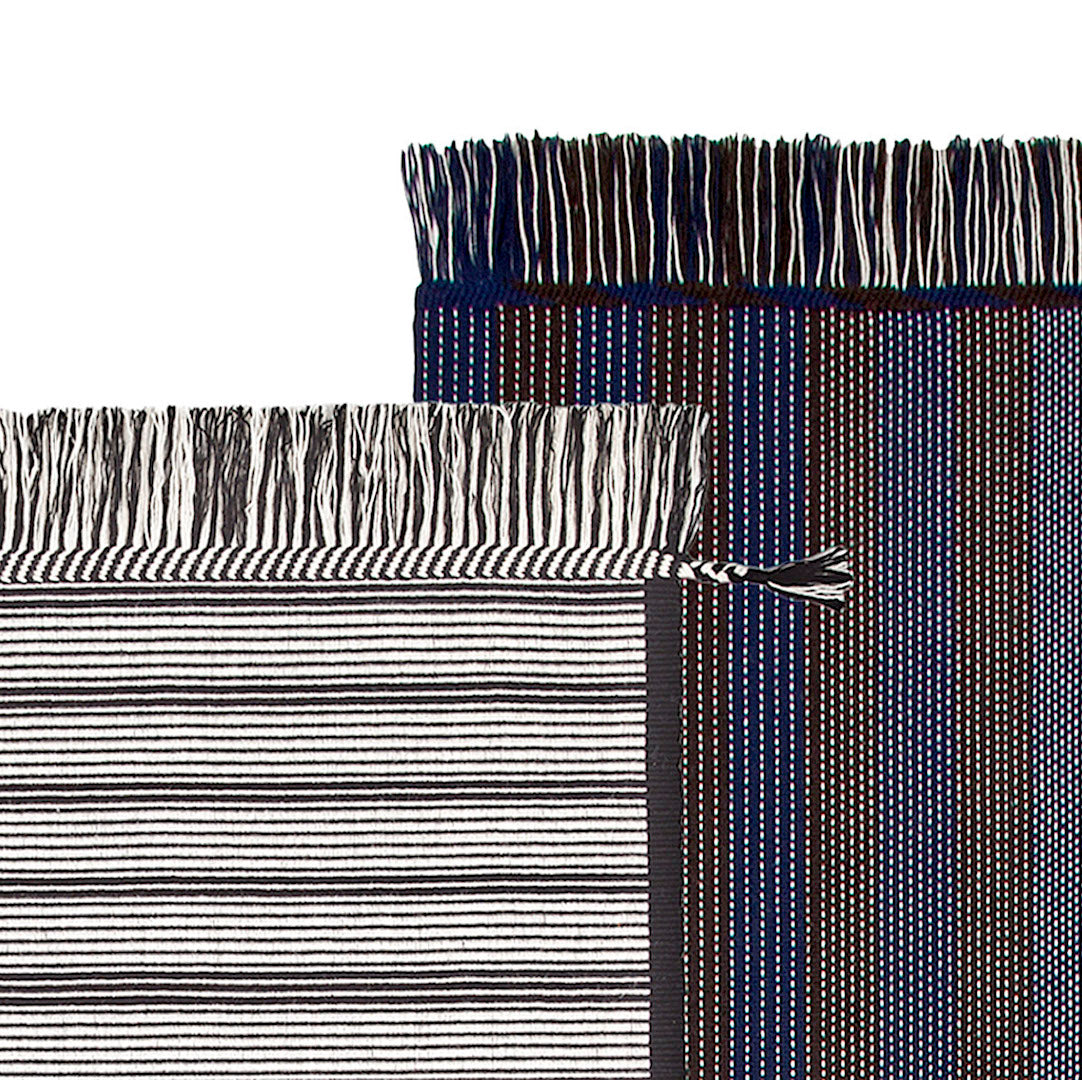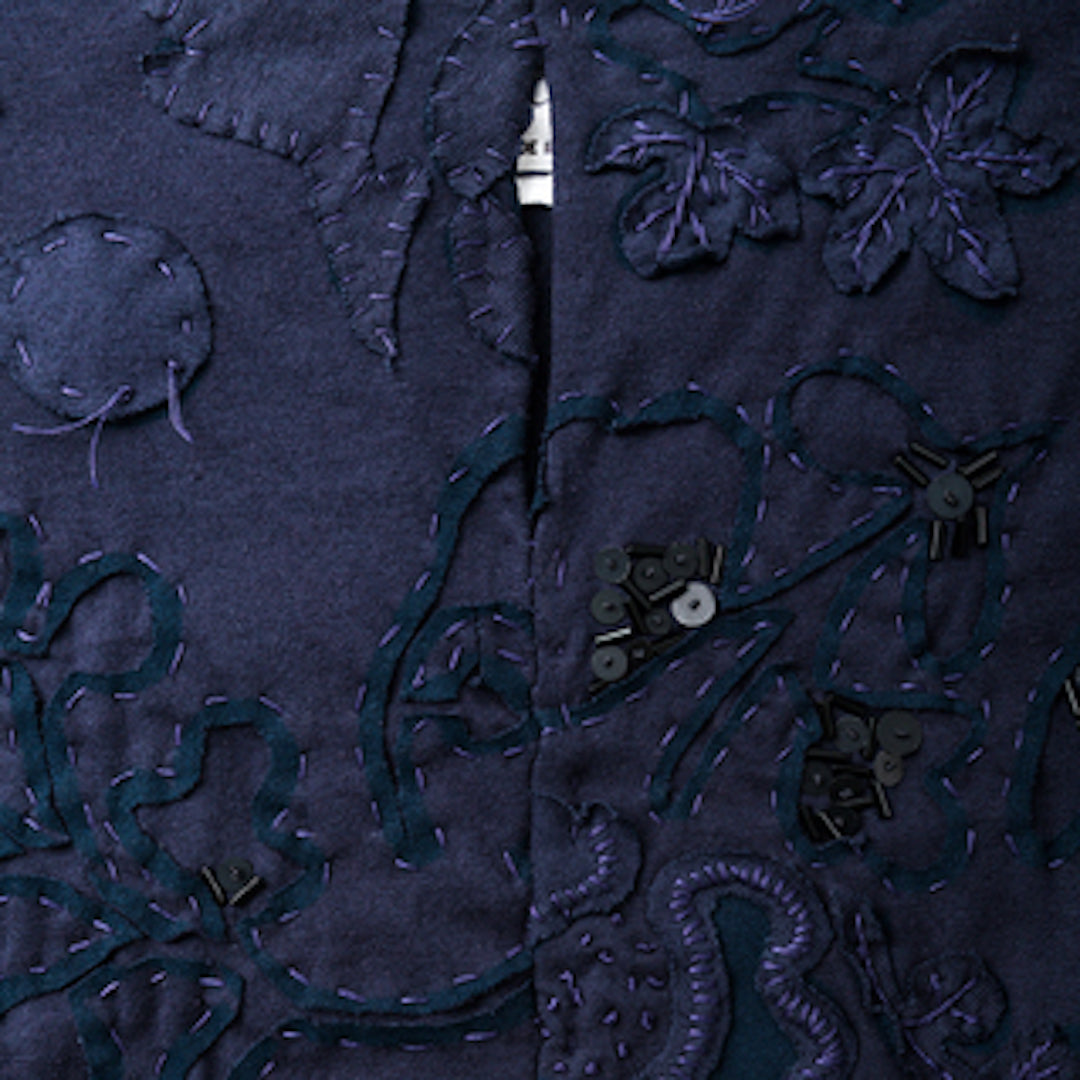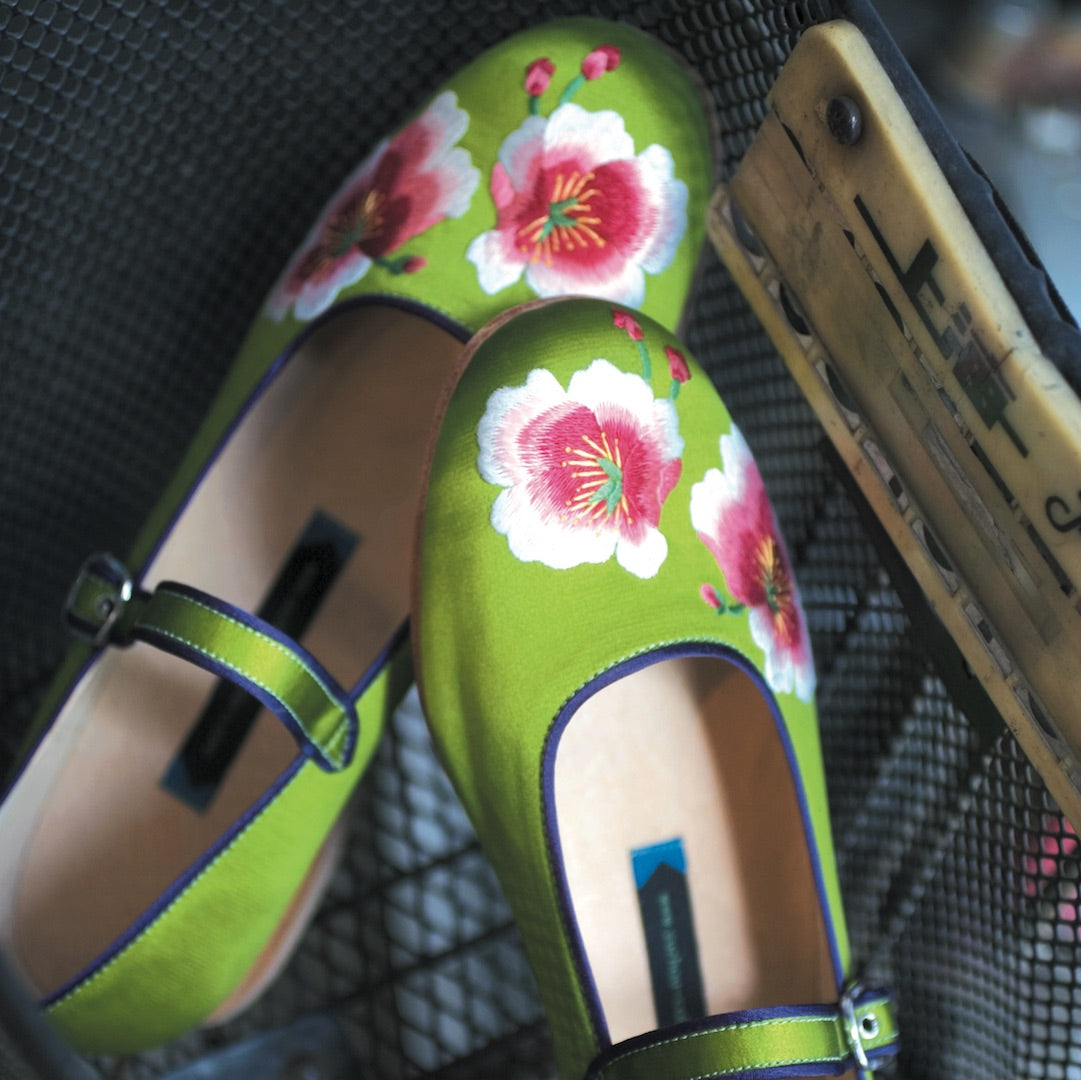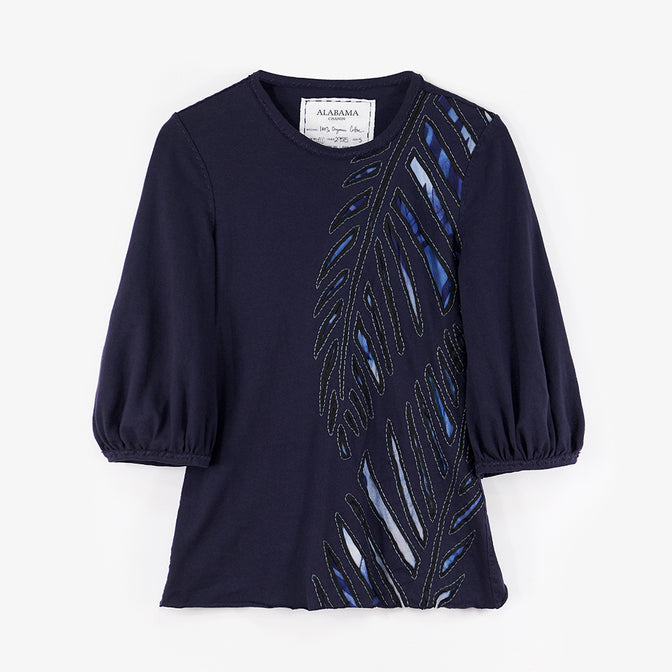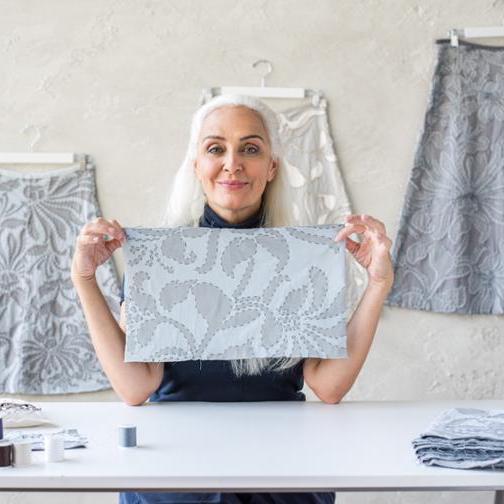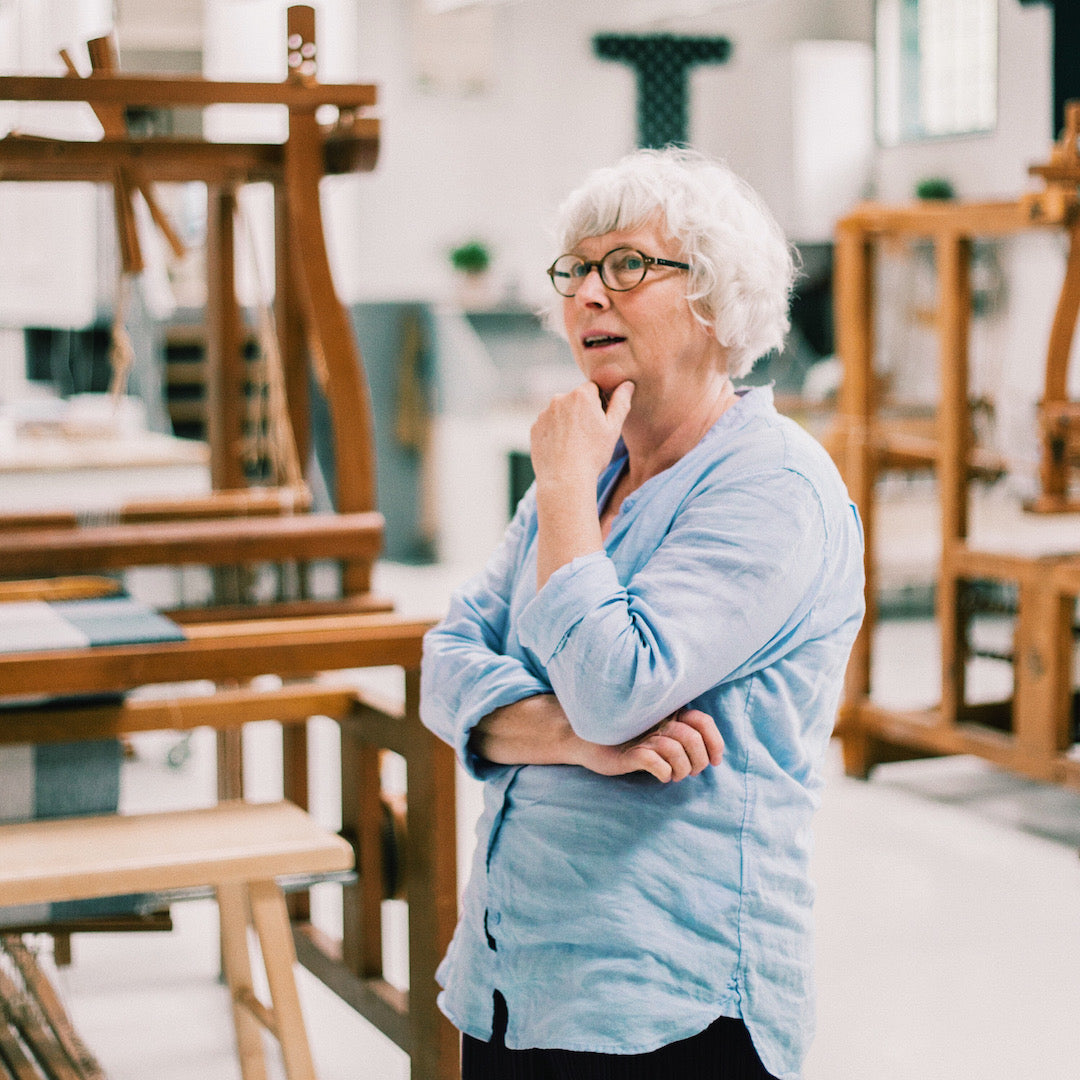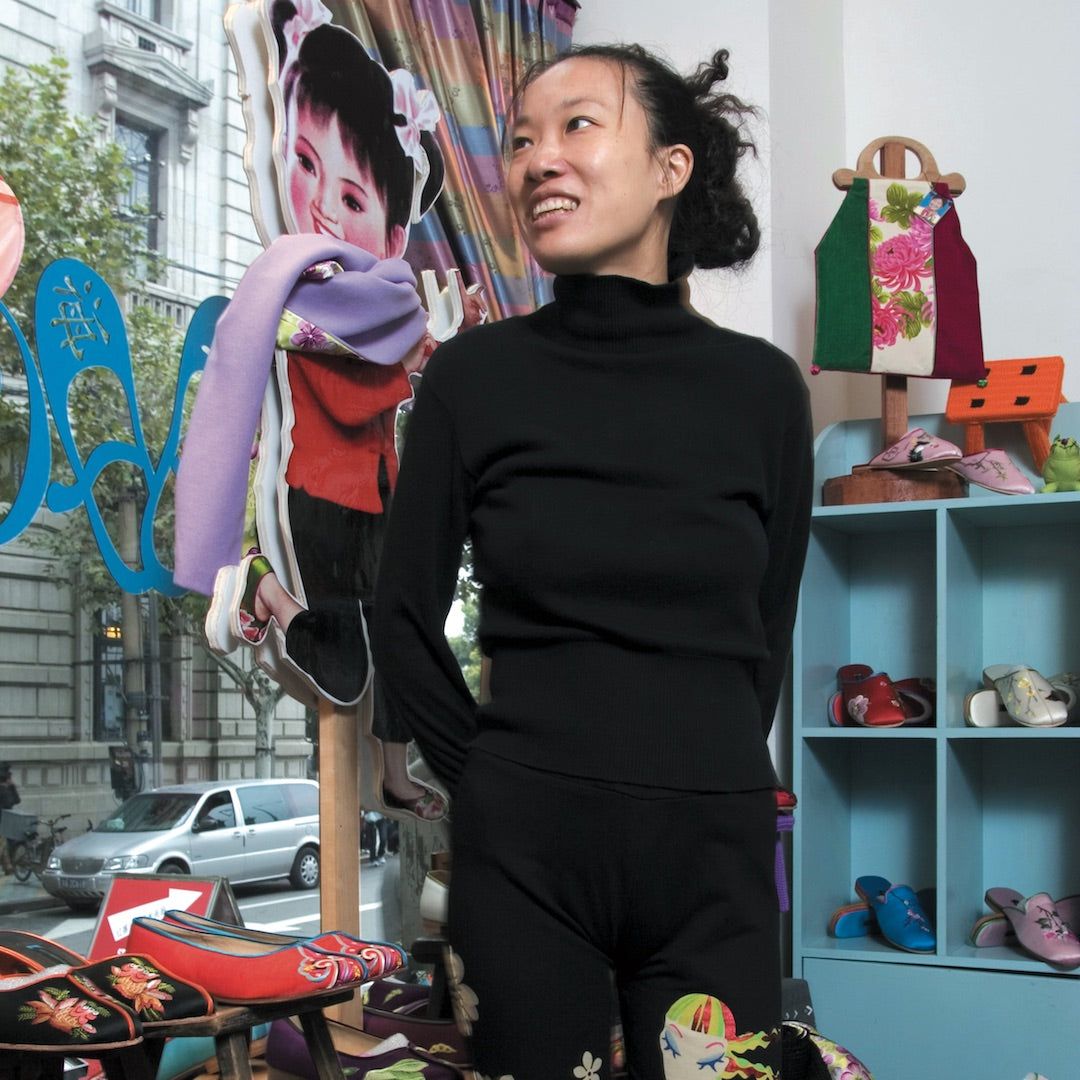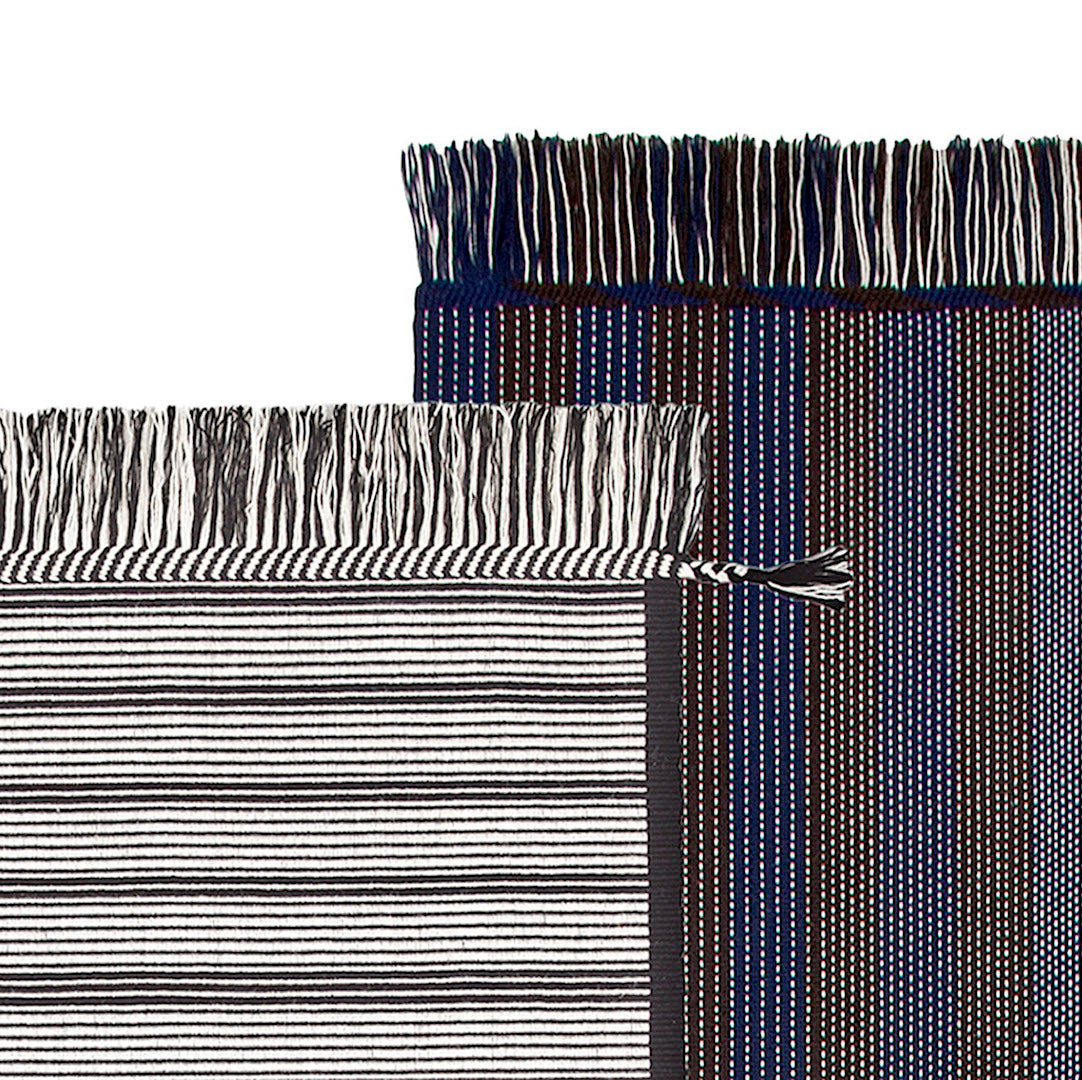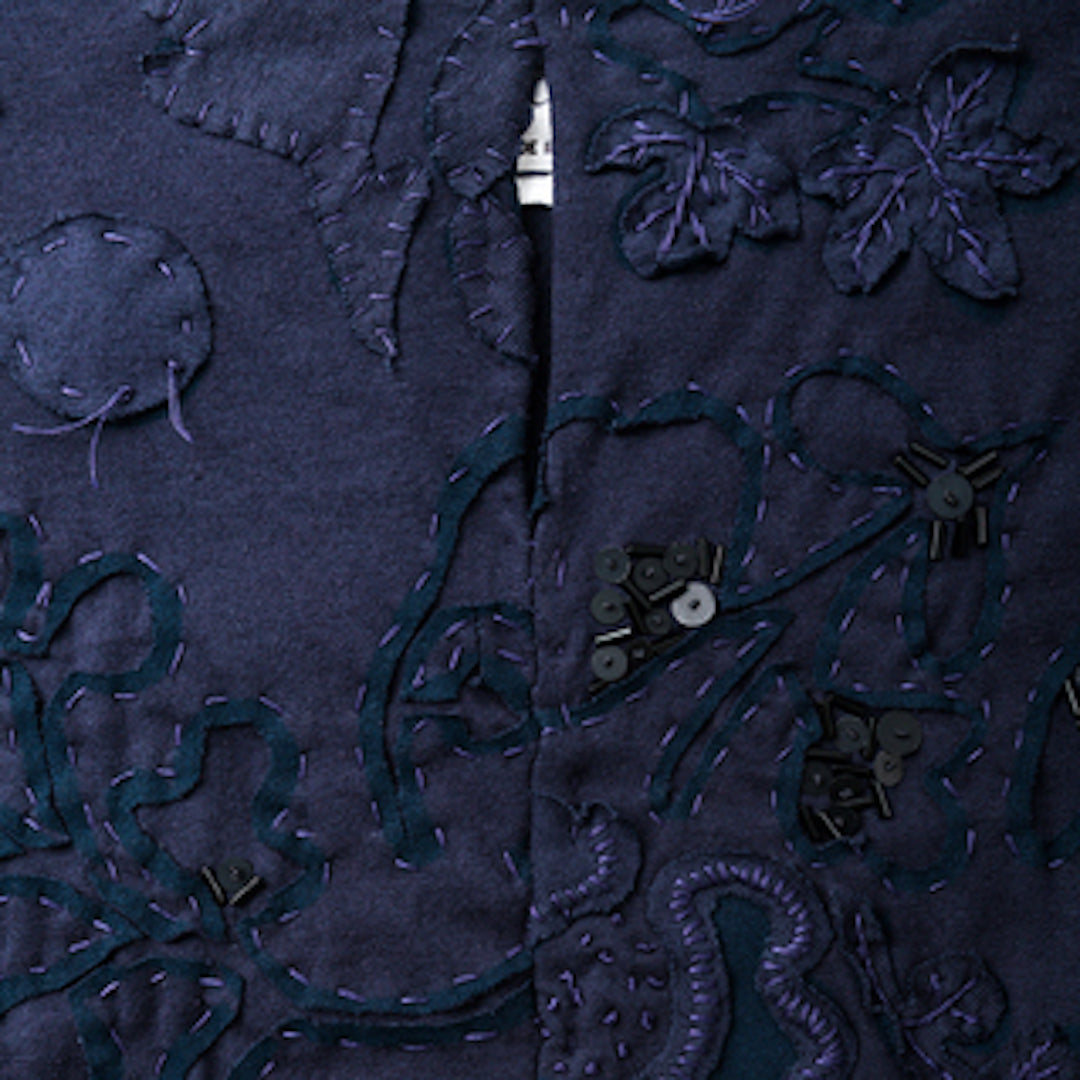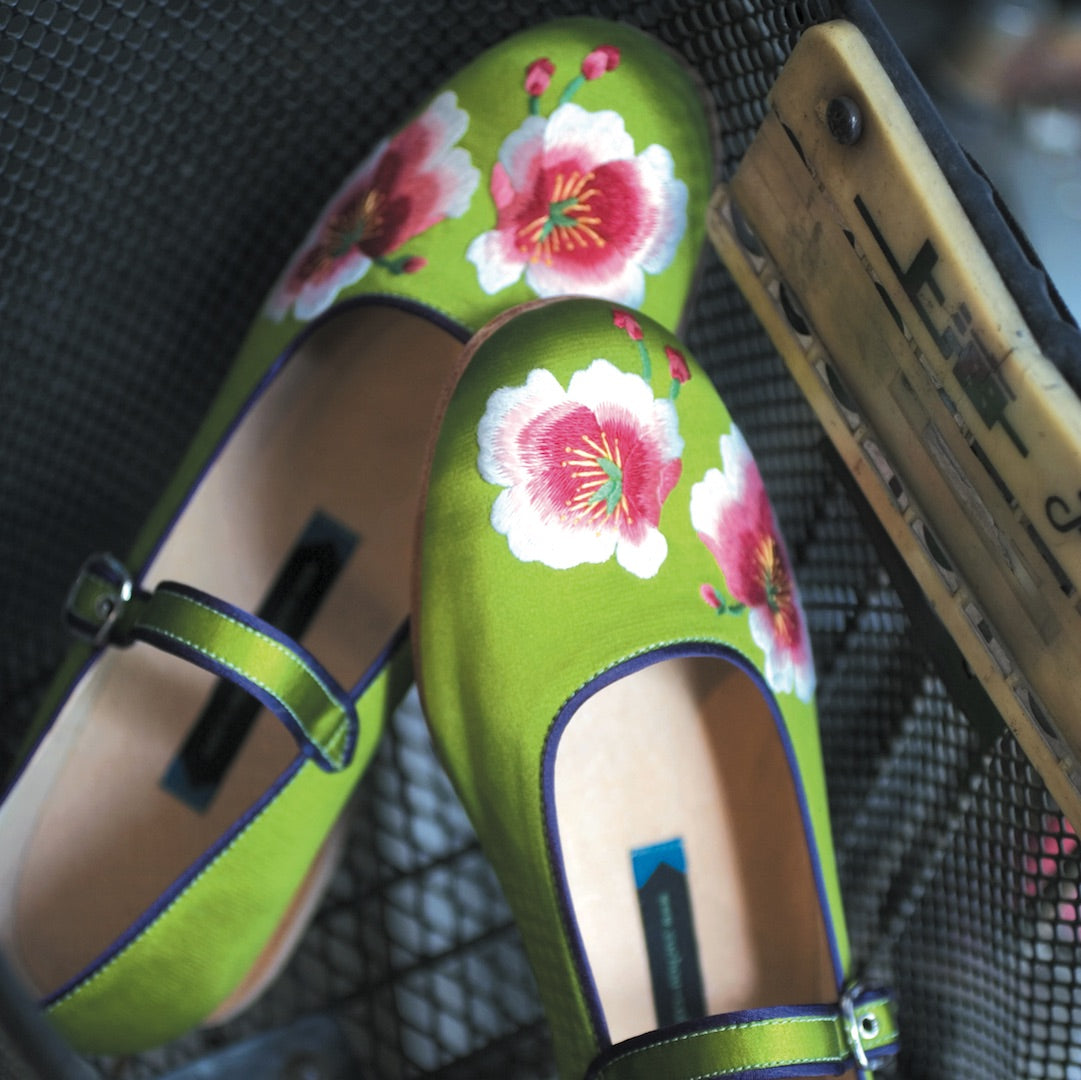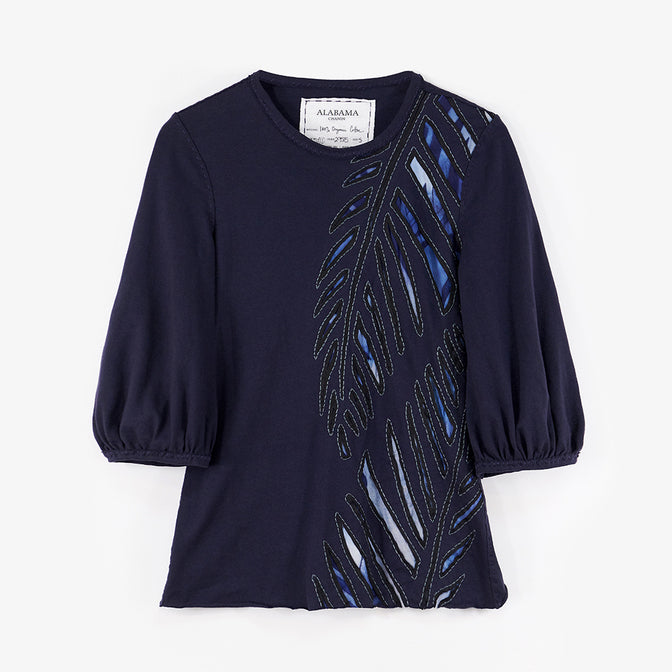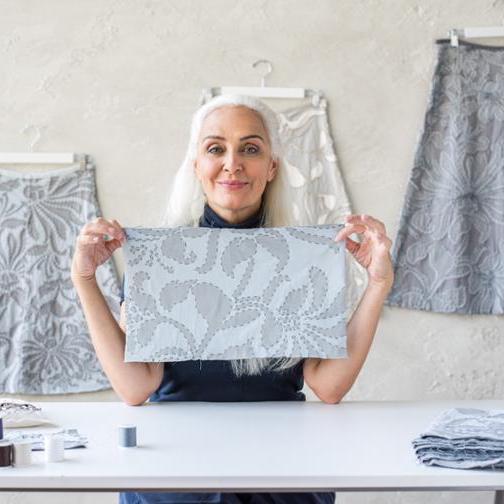4 September 2020, 2:30-3:30pm BST, Fantastic Fibre with Access Links
Selvedge Foundation
Couldn't load pickup availability
ZOOM LINKS TO ATTEND THE TALKS ARE TIME SENSITIVE SO WILL BE ACCESSIBLE CLOSE TO THE START TIME OF THE TALK. PLEASE DO NOT TRY AND ACCESS THE TALK PRIOR TO THE START TIME.
FANTASTIC FIBRE
Fantastic Fibre will be led by presentations by Karin on linen, Natalie on cotton and Denise on silk, followed by a discussion and questions.
Friday 4 September 2020, 2:30-3:30pm BST (British Summer Time, London, UK)
Virtual event, hosted on Zoom
Zoom link for the event:
https://zoom.us/j/96948279600?pwd=TjEvNHdhTzhFa1cwRVQ1VnAzZU1CZz09
Passcode: 532824
Presentations and discussion with Karin Carlander (Denmark), Natalie Chanin, founder of Alabama Chanin (USA) and Denise Huang, founder of Suzhou Cobblers (China)
Karin Carlander
Karin is Danish textile artist and curator. Growing up in a small seaside town on the Danish island of Funen, as a young girl, she had a small loom, which she used to make gifts for her family. At the age of 19, Karin moved to Provence to learn from the French weaver Jacqueline de la Baume Dürrbach, who worked with Picasso to create tapestries based on some of his paintings. From her, she not only learned weaving but also how to be an artist. She returned to Denmark to attend the Danish Design School in Copenhagen (now the Royal Danish Academy of Fine Arts, School of Design), graduating in 1987 with an MA in Textile Design.
Her work with textiles is wide ranging, from product design to unique pieces, guided by the core values of craftsmanship, knowledge and care. Reinterpreting traditional Nordic crafts alongside the use of textiles for practical everyday purposes. Her designs are created through an experimental process that includes drawings as well as hands-on work on the loom and which always leaves room for serendipitous discoveries.
Natalie Chanin
Cotton is the foundation of the work of Alabama Chanin in Florence, Alabama, both environmentally and also culturally. Founder Natalie Chanin, along with her team at The Factory and their network of artisans, have grown their business thoughtfully and holistically over the years: they follow Slow Design methods, choosing to use only organic cotton fabric in the production of their well-known hand and machine sewn garments and home-wares. Recognised as pioneers in their field, they have received accolades from the Council of Fashion Designers of America and many others for the good work they do, both in the world of fashion and also in their local community.
Natalie Chanin returned to her hometown of Florence ten years ago from New York City, after having established herself in the world of fashion with her distinctive hand sewn pieces. Her return home was partially out of a desire to reinvigorate the once thriving textile industry in the area. At one time, Northwest Alabama was a hub for garment manufacturing; but by the time she had returned, many of the factories were shuttered and hundreds of workers were unemployed due to the fallout from the North American Free Trade Agreement. Fast forward to today and Alabama Chanin's multifaceted factory occupies the same building that once housed the largest t-shirt factory in Florence.
Suzhou Cobblers
The colours and patterns of Suzhou Cobblers hand-sewn silk slippers reflect Shanghai's grandest era, when Huang Mengqi’s hometown was a fashion capital. The slippers Huang Mengqi (Denise to her friends) designs, draws on her background in graphic design, painting and sketching to recreate the kind of high quality slippers that style-conscious Chinese women like her grandmother once wore. Denise calls her line of shoes and slippers 'Suzhou Cobblers' (pronounced: sue-joe) after China's beautiful garden city, and the name of each style evokes China’s history: 'Mandarin Duck,' 'Green Tea,' 'Calligraphy,' 'Good Morning,' 'Plum Flower' and 'Propaganda’.
The embroidered slippers revive the rich styles of the past, but with some added contemporary snap. For instance, Denise takes the bamboo from a black ink painting and brings it to life in colourful silk embroidered onto the toe of a slipper. ‘My goal is to make them immediately recognisable as Chinese but something unexpected and different. I start with something ancient and then try to have fun with it', she says.
Share
